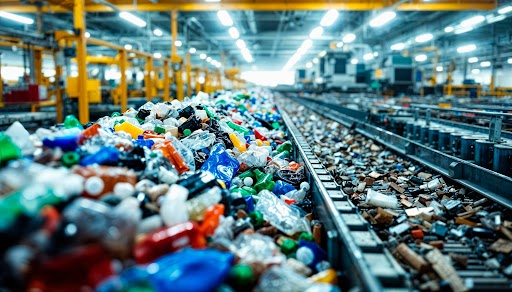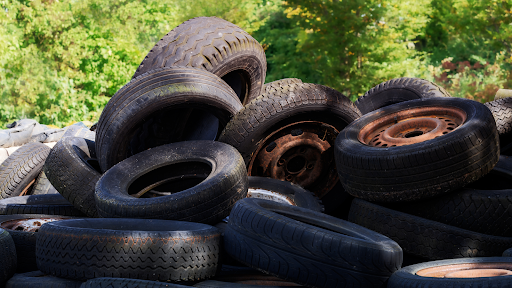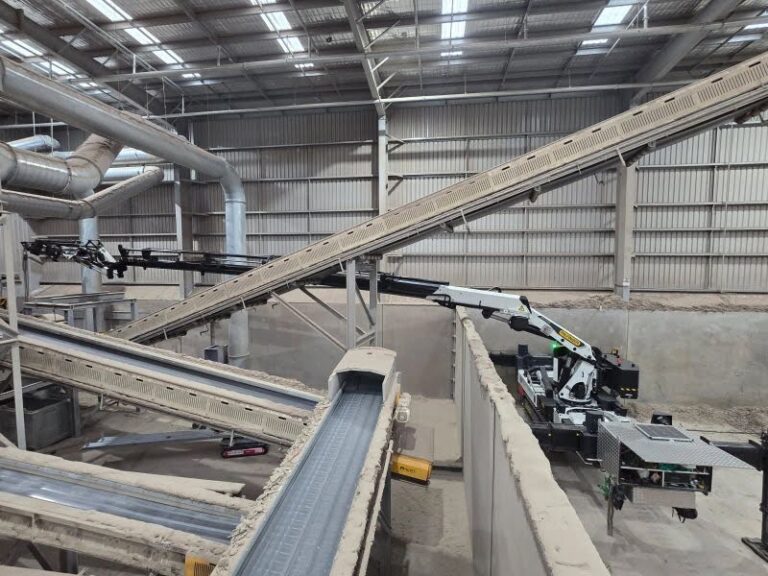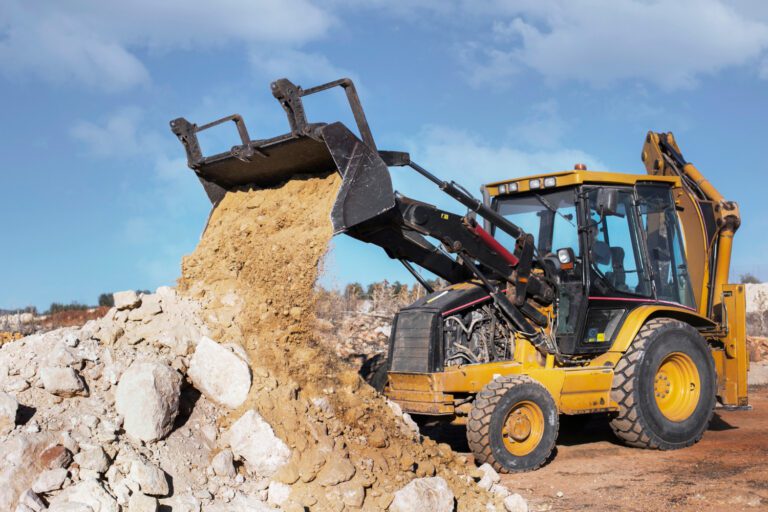
How To Choose The Right Compactor Bin For Your Industry
With so much waste generated by business facilities around us, compactors have been a game-changing tool to assist them. They
Comec-Crusher: It is used to crush glass and other bulk materials to reduce them to smaller sizes, which is essential for the recycling process. The technically advanced design ensures efficient performance and optimum grain shape.
Double Roller Crusher: It is a machine that crushes glass by compressing it between two rotating rollers. The roller crusher is efficient for producing uniform, smaller-sized (10-50mm) particles which are ideal for further processing like optical sorting in the glass recycling process.
Flip Flow Screen: Particularly effective for difficult-to-screen materials, such as glass fragments, due to its low dynamic loading and energy efficiency.The dynamically agitated screen mats thus remain unobstructed and allow efficient screening.
Circular, Linear, Resonance, and Recycling Screens: Various types of vibrating screens are designed to separate materials based on size and density.
Elliptical Oscillator Screen: Provides another method for screening materials, using an elliptical motion to enhance separation efficiency and only require a small footprint.

With so much waste generated by business facilities around us, compactors have been a game-changing tool to assist them. They

Every day, tons of co-mingled waste end up at recycling facilities across Australia. In the 2022–23 period alone, Australia

Tyres are made from highly durable synthetic materials, including non-renewable components such as rubber, carbon black, and steel. As these

The Australian waste management sector is under mounting pressure, with 75.6 million tonnes of waste generated in 2022-23. Conventional handling

Plastic remains one of the most dangerous threats to our environment, with millions of tonnes of waste generated worldwide every

The construction and demolition (C&D) industry generates one of the largest waste streams worldwide, producing millions of tons of debris